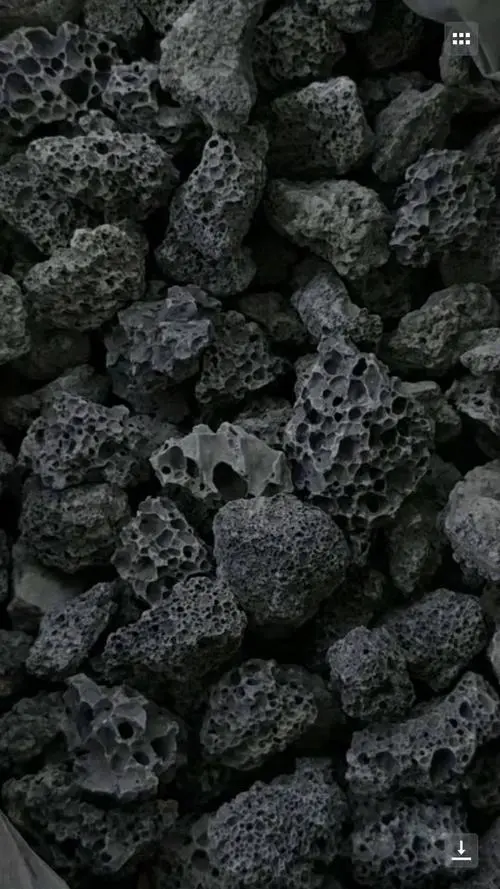
Pumice Stone Production Facilities for Volcanic Origins and Their Uses
The Fascinating World of Volcanic Pumice Stone Factories
Volcanic pumice stone is a remarkable natural product with a multitude of uses ranging from construction to cosmetic applications. Its unique properties, stemming from its formation during volcanic eruptions, have paved the way for a growing industry focused on extracting, processing, and manufacturing pumice stone products. In this article, we will explore the fascinating world of volcanic pumice stone factories, highlighting their processes, applications, and the environmental considerations involved in this industry.
Understanding Pumice Stone
Pumice is a light, porous volcanic rock that forms when lava cools quickly and depressurizes, trapping gas bubbles within. This results in its characteristic lightweight and abrasive qualities. Pumice can be found in various colors, from white to grey and even green or pink, depending on its mineral content. These qualities make it an invaluable resource for a variety of industries.
The Process of Extraction
Pumice stone factories begin by locating suitable deposits, typically near volcanic regions. Open-pit mining is the most common method used to extract pumice. This involves removing overburden and exposing the pumice layers beneath. Once the pumice is mined, it is loaded onto trucks for transportation to processing facilities.
At the factory, the raw pumice undergoes a series of processes, including crushing, screening, and grading. The crushing process breaks down the large chunks of pumice into smaller aggregates. Screening helps in sorting the pumice by size, ensuring that the final products meet the specific requirements of customers across different industries.
Diverse Applications
Pumice stone has a wide range of applications, ranging from construction materials to personal care products
volcanic pumice stone factories

1. Construction Industry Pumice is often used as an aggregate in lightweight concrete and other building materials. Its insulating properties improve energy efficiency in buildings, making it a sought-after material for sustainable construction.
2. Cosmetics and Personal Care Pumice powder and stones are commonly used in scrubs and exfoliants due to their abrasive nature. They help in removing dead skin cells, making them popular in spa treatments and beauty products.
3. Agriculture Pumice is also used in gardening and landscaping. Its porous nature enhances soil aeration and drainage, making it an excellent component for potting mixes and hydroponic systems.
4. Industrial Uses The automotive and manufacturing industries utilize pumice for polishing and abrasive materials, highlighting its versatility.
Environmental Considerations
Despite its many benefits, the extraction and processing of pumice stone raise environmental concerns. Mining can lead to land degradation, habitat destruction, and loss of biodiversity. Responsible pumice extraction practices are essential to minimize these impacts. Some factories are now implementing eco-friendly practices, such as rehabilitating mined areas and using renewable energy sources in their operations.
Moreover, the industry is increasingly focusing on sustainable practices, including recycling pumice waste and reducing water consumption during processing. These efforts not only help to preserve the environment but also enhance the reputation of pumice stone manufacturers in the eyes of eco-conscious consumers.
Conclusion
The volcanic pumice stone factories play a crucial role in transforming a natural wonder into a valuable resource that serves various industries. As demand for pumice products continues to grow, especially in sustainable construction and personal care, the need for responsible and environmentally friendly practices becomes ever more important. In this dynamic industry, balancing economic development with environmental stewardship will ensure that pumice stone remains a vital resource for future generations.
Share
-
Premium Pigment Supplier Custom Solutions & Bulk OrdersNewsMay.30,2025
-
Top China Slag Fly Ash Manufacturer OEM Factory SolutionsNewsMay.30,2025
-
Natural Lava Rock & Pumice for Landscaping Durable Volcanic SolutionsNewsMay.30,2025
-
Custom Micro Silica Fume Powder Manufacturers High-Purity SolutionsNewsMay.29,2025
-
Custom Mica Powder Pigment Manufacturers Vibrant Colors & Bulk OrdersNewsMay.29,2025
-
Custom Micro Silica Fume Powder Manufacturers Premium QualityNewsMay.29,2025






